|
It’s a bumper year for tomatoes. We have many such years here in Casabasciana. I often hear my neighbours lamenting that their husbands planted too many plants and they can’t face making another batch of passata. But this year, the glut is universal. A friend in England sent me this photo of his prize specimen. A friend in Quebec has so many this year that he phoned specially to find out what I do with mine. Here’s what I told him. I make passata di pomodoro, a puree of tomato pulp, which you bottle (can) or freeze and use for making more complicated dishes, especially in winter when there are no decent fresh tomatoes (hothouse tomatoes are too disappointing to waste money on). As with all traditional recipes there are many versions. I make the simplest, pure tomato, which I learned from Alessandra Bandoni of Toscaneggiando who does cooking lessons for me. Time: 2.5 hours (with two people working) Equipment 2 or 3 capacious pots (to cook tomatoes and boil jars) sieve (to drain cooked tomatoes) bowl or pot (to put under the sieve) slotted spoon ladle Passatutto Master (to puree tomatoes) 2 shallow bowls (to fit under the 2 outlets of the Passatutto) 14 250 ml / 8.5 oz clean jars and new lids a wee, tiny brush to clean the interstices of the Passatutto The Passatutto Master is essential. It not only purees the tomatoes, it removes the skins and seeds and spits them out to the side, while directing the puree out the front. Life is too short to do this by hand. It isn’t very expensive and doesn’t require electricity; you crank it by hand. I think it’s available everywhere. I wish I had a commission for every time I’ve recommended it! Ingredients 7 kg / 15 lb 8 oz tomatoes (best varieties are fleshy, not watery) The quantity isn’t important, but while you’re messing up the kitchen, you may as well do more rather than less. Procedure Wash the tomatoes and divide them among your pots. Do NOT skin them first. Do NOT add anything else: no salt, no herbs, no water. If you use only tomatoes, your puree will be suitable for any other recipe requiring tomato, and you can add seasonings to suit the dish. Cover the pots and place on burner at medium-low heat. Check frequently to make sure they’re not burning on the bottom. When liquid starts to come out of the tomatoes, raise the heat to medium-high. Meanwhile, assemble the Passatutto and stick with the crank sticking out over the edge of your worktop or table (so you can turn it). It sticks to the table by the suction cup on its foot. To help it stick, dampen the table (it also helps to hold the machine down while you crank it). It will leak a little from below the handle, so put a cloth or sponge on the floor beneath to catch the drips. As soon as the tomato skins split (the liquid will probably be level with the tomatoes), turn off the burner and move the pot to the table. With a slotted spoon move the tomatoes to a sieve set over a bowl or another pot. Let them drain for a couple of minutes (you want your passata to be thick, not watery). Tip them into the top of the Passatutto, turn the crank and watch as the skins and seeds are magically separated from the pulp. Fill the jars with the pulp. The jars should be filled to within 1 cm (1/2 in) of the top. Screw the lid on. Continue until all the tomatoes have been processed. Then put the skins and seed through the Passatutto again (and even a third time if you like). You’ll get a couple more jars of passata. Place as many jars as fit in one layer in one of your pots and cover with tepid water. The water should be 8 cm / 3 in above the top of the jars. Cover the pot with a lid and place on a high burner. Bring to a full boil. Boil for 20 minutes to sterilise the tomatoes. A couple minutes extra won’t hurt. Turn off the burner and leave the jars to cool in the water. Do the washing up. The Passatutto comes apart to make it easy to wash, but you’ll need this little brush (which doesn’t come with it) to get into some of the tiny crevices. The first time I didn’t know, and when I went to use the machine the next year, the inner cylinder was mouldy. As the jars cool a vacuum will be created in the jar and the lid will become concave. If any are not concave by the time the water is cool, you may not have filled the jar full enough, or tightened the lid too hard or not enough, or the lid may be defective. You can diagnose the problem, remedy it and re-sterilise, but if it’s only one or two jars, it’s easier to freeze the passata. Label the jars and admire your passata. When you open a jar in mid-winter, the scent of summer will waft through your kitchen. If you’ve landed here by chance and would like to be notified of future posts, you can sign up here.
0 Comments
Your comment will be posted after it is approved.
Leave a Reply. |
Email Subscription
Click to subscribe to this blog and receive notifications of new posts by email. AuthorErica Jarman Categories
All
Archives
October 2023
|
|
copyright 2017 sapori-e-saperi.com | all rights reserved
|
Website by Reata Strickland Design

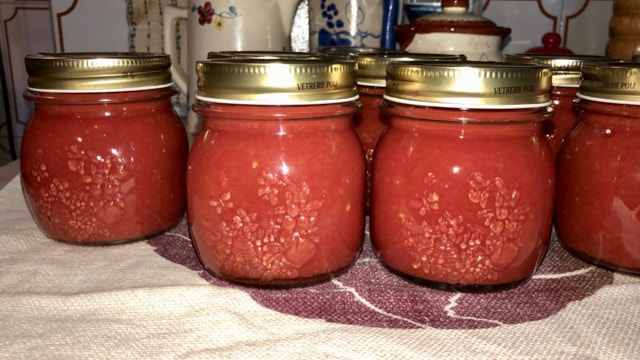
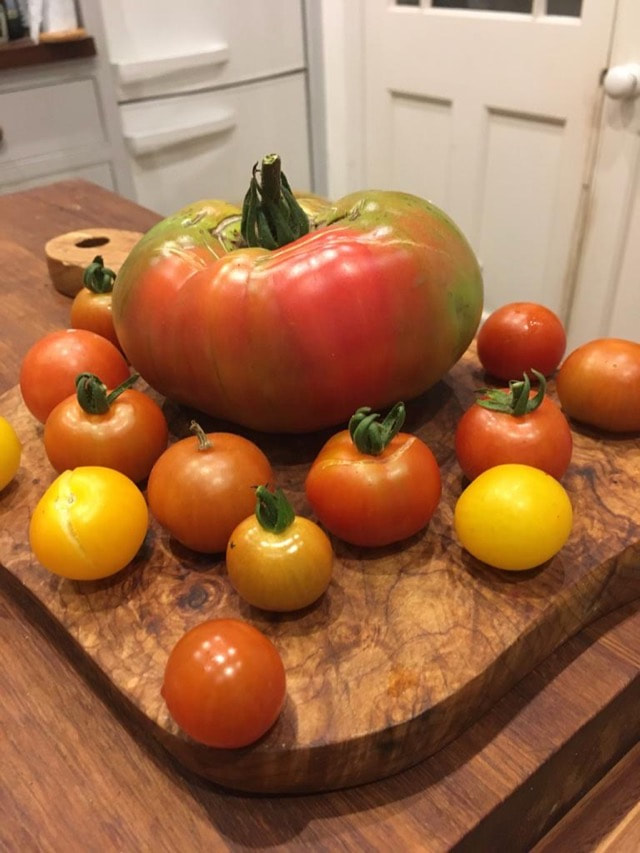
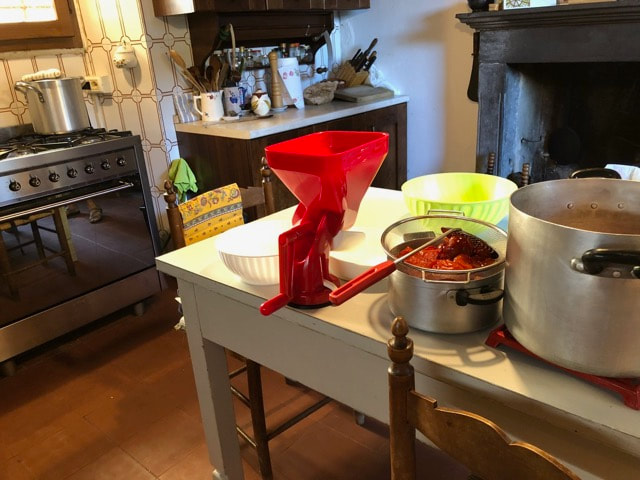
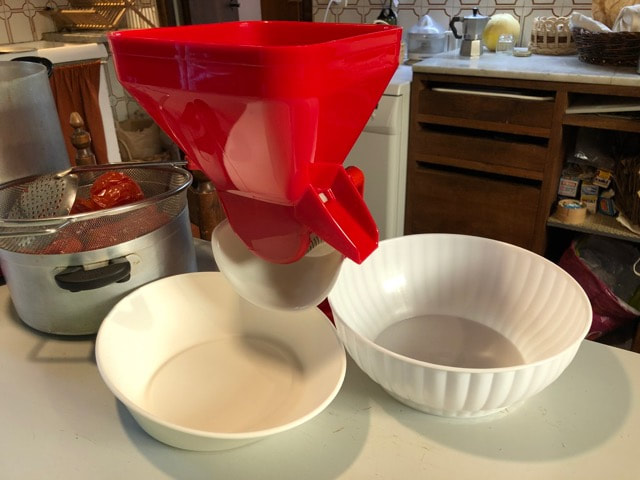
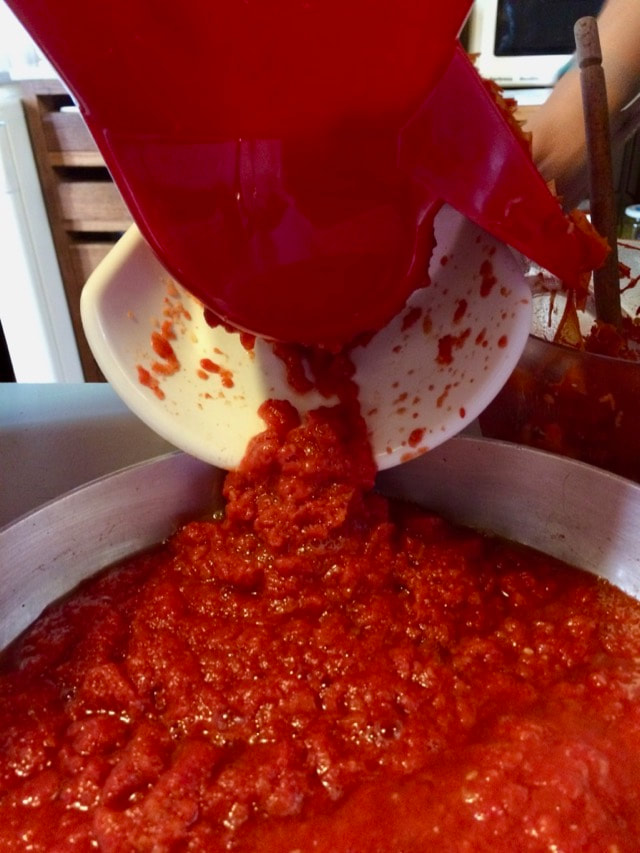
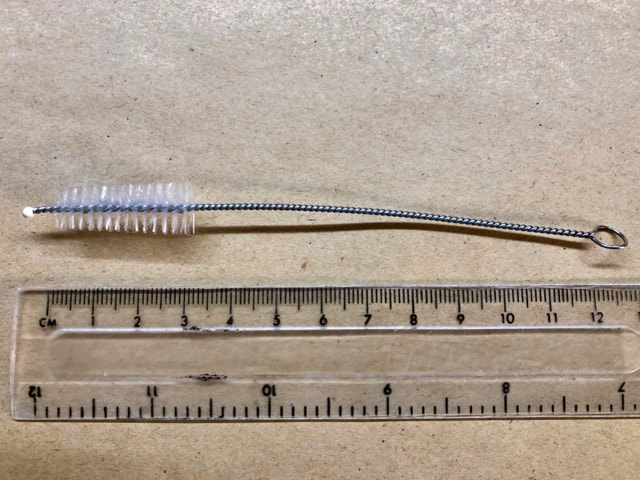
 RSS Feed
RSS Feed



